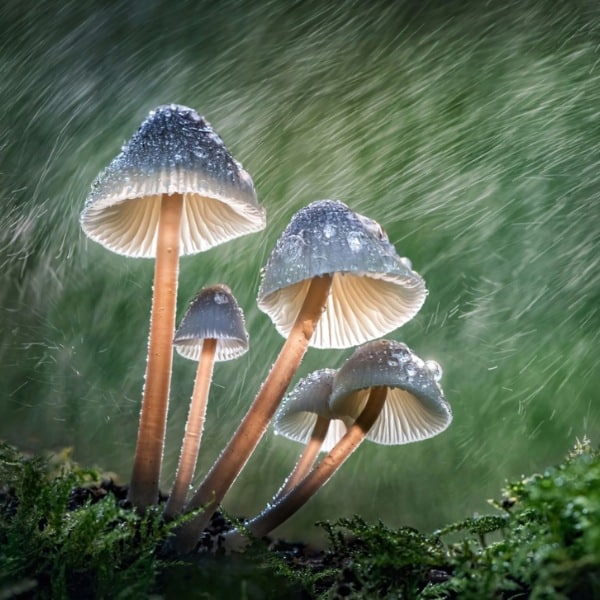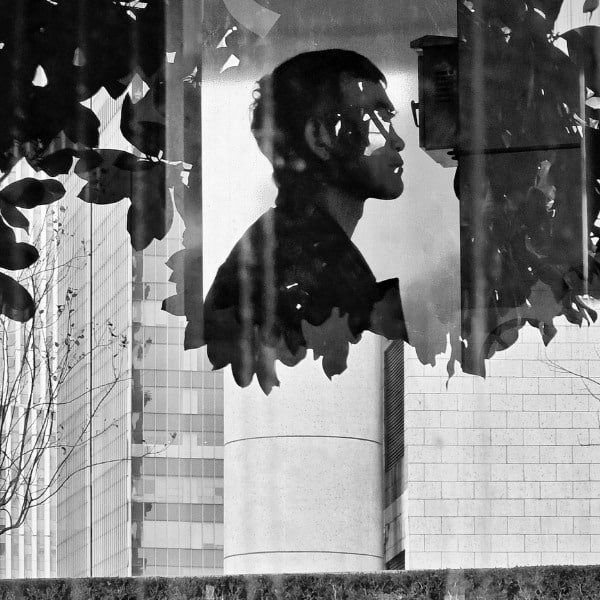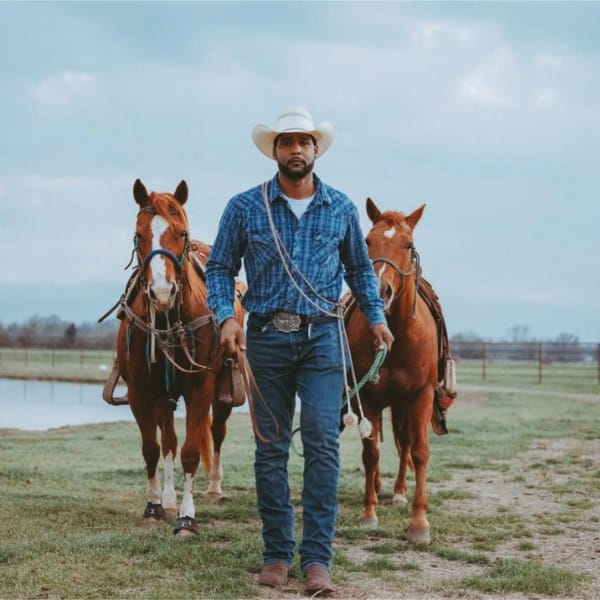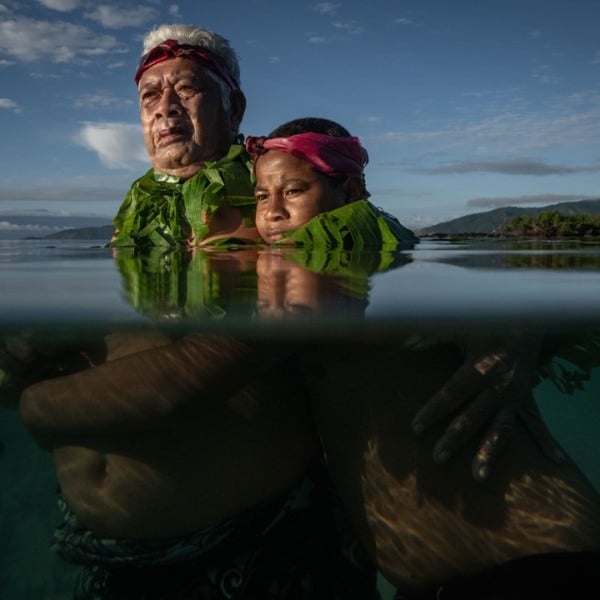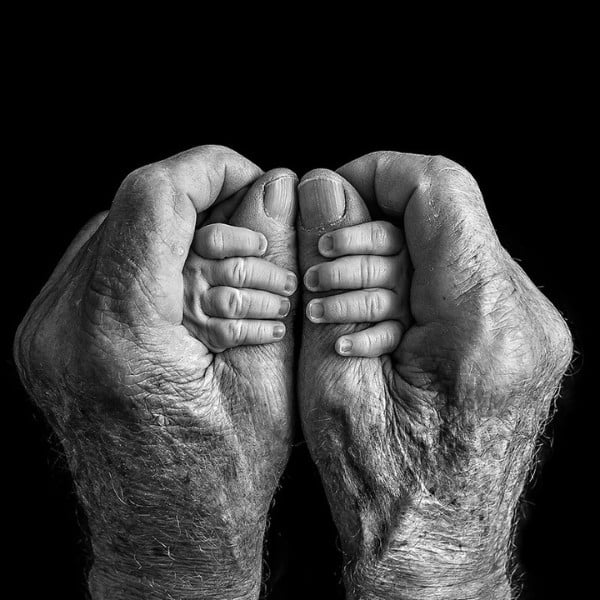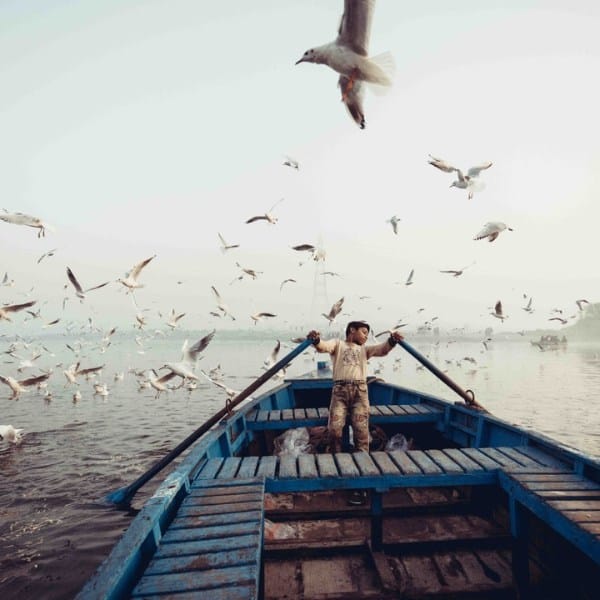Take in more excellent photojournalism from the 2020 World Press Photo nominees.
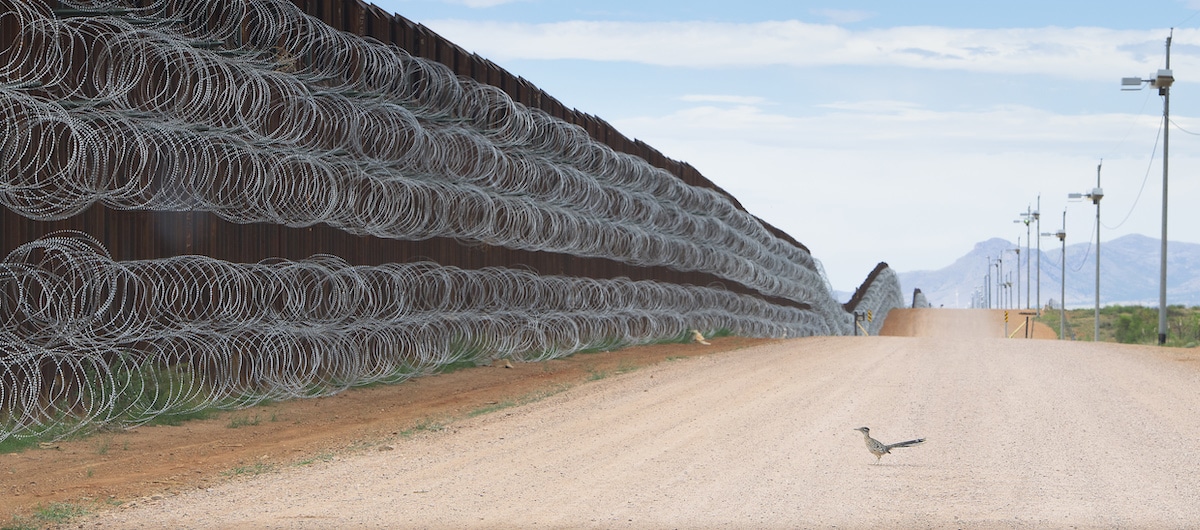
“Roadrunner Approaching the Border Wall” by Alejandro Prieto, Mexico. Nominee, Nature Singles.
A greater roadrunner approaches the border wall at Naco, Arizona, USA on 28 April.
The wall along the US border with Mexico, championed by US President Donald Trump, will run through one of the most biologically rich and diverse regions of North America, disrupting animal corridors, their habitats, and access to water and food. More than 1,000 km of the 3,100 km-long border is closed by such barricades, with the president proposing a further 800 km by early 2021. The US Fish and Wildlife Service has warned that the impermeable barrier, associated human activity, and all-night bright lights could negatively impact 23 endangered and at-risk species.
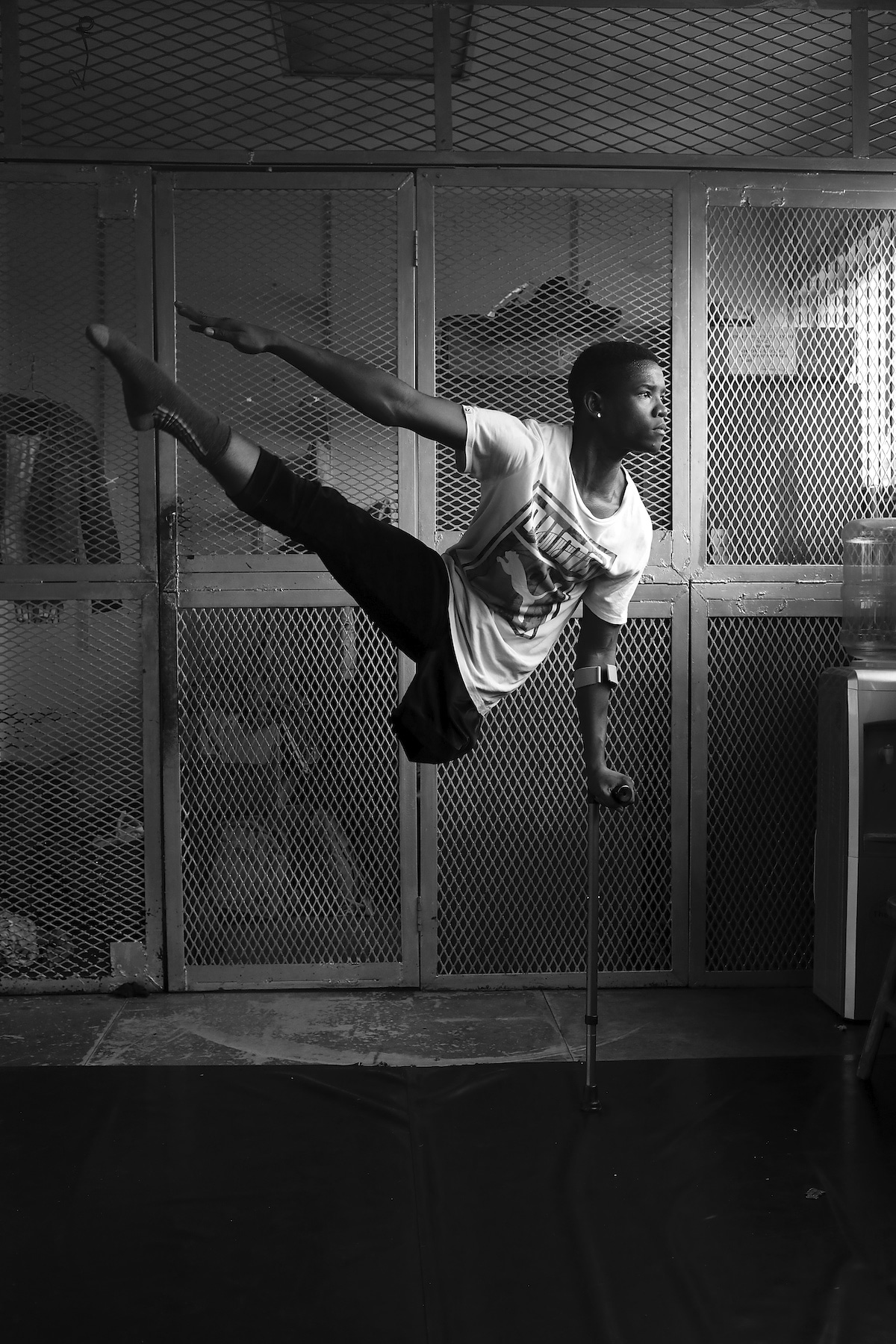
“Musa’s Struggle and Search for the Stage” by Alon Skuy, South Africa, Sunday Times. Nominee, Portrait Singles.
Musa was a rising football player when, at the age of 11, he was diagnosed with osteosarcoma, a type of cancer that affects young people in particular and produces immature bone. As a result, his leg was amputated below the knee. Musa refocused his ambitions on his love for music, and took up dance. He has learnt how to use gravity and his crutches, together with the physical flexibility he learned as a football player, to perfect his moves. He performs with the Vuyani Dance Theatre, a contemporary dance company in Johannesburg.
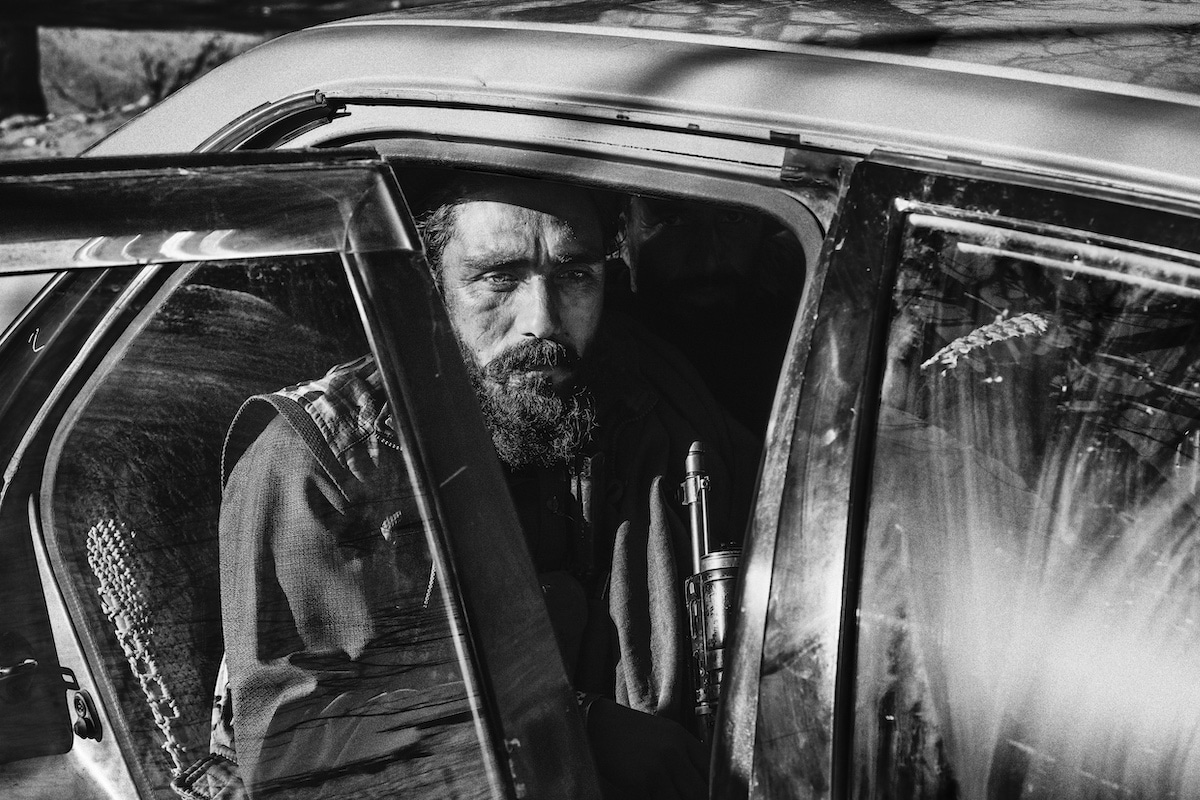
“The Longest War” by © Lorenzo Tugnoli, Italy, Contrasto, for The Washington Post. Nominee, Contemporary Issues Stories.
The Taliban made strong territorial gains and increased their influence in Afghanistan in 2019. Eighteen years after the US invasion, and five years since the Afghan National Defense and Security Forces (ANDSF) have been responsible for securing Afghanistan, the Taliban control or contest around half the country, in some districts acting as a shadow government. Peace talks begun in January appeared to be nearing agreement in August, but were scuppered by US president Donald Trump in September. Fighting escalated during talks as both sides tried to gain leverage, while on the ground the talks provided the Taliban with increasing political legitimacy. The frequency and spread of Taliban violence left the ANDSF overstretched and in some cases overwhelmed, with a high casualty rate. The escalation of the conflict also severely impacted the civilian population resulting in high casualties, forced displacement, extreme insecurity, lack of access to education and a weakened public health system. A report published mid-year by the Institute for Peace and Economics named Afghanistan as the world’s “least peaceful” country, replacing Syria, though by early 2020 it seemed that a peace agreement was once again a possibility.
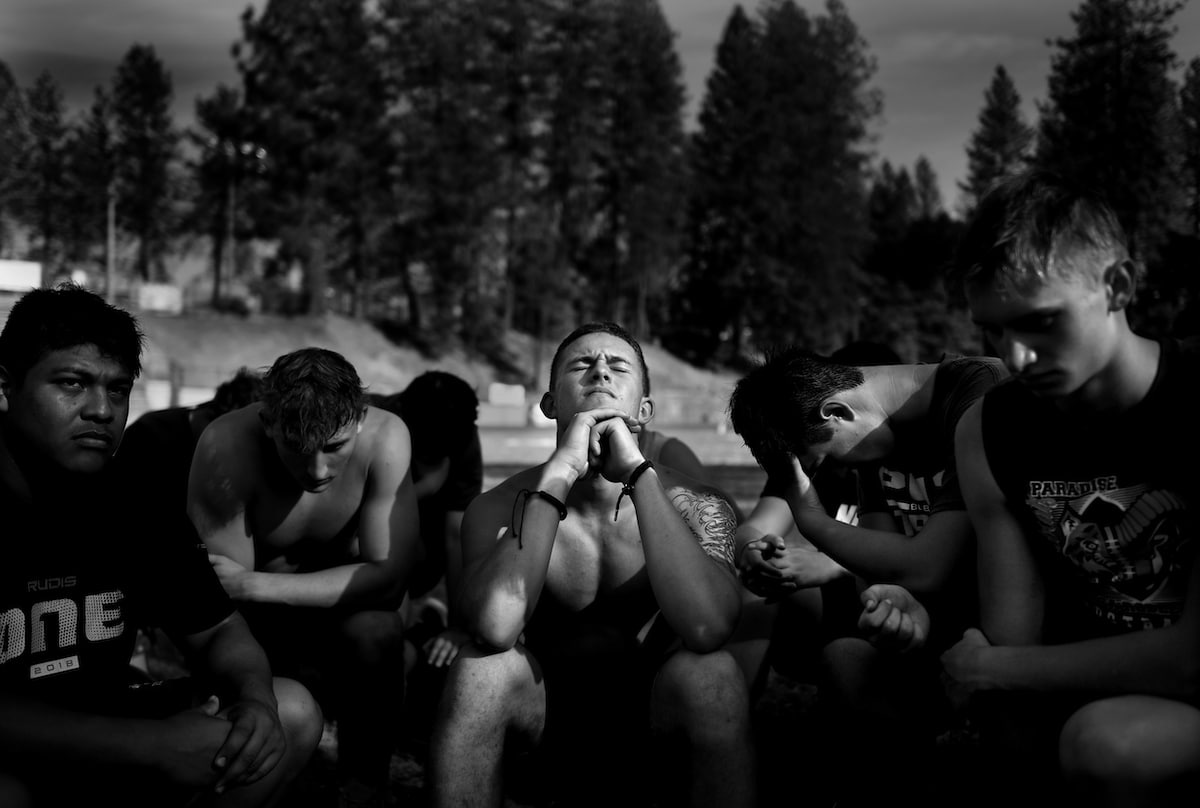
“Rise from the Ashes” by Wally Skalij, United States, Los Angeles Times. Nominee, Sports Stories.
Following a wildfire that devastated their town, members of the Paradise Bobcats from the small rural community of Paradise, California, USA, returned to their football field to revive their team and embark on a new season. The November 2018 Camp Fire was the most destructive wildfire in Californian history. Paradise was almost completely burnt to the ground, and 90% of its population were dispersed to towns and cities across the US, but the fire stopped at the edge of Paradise High School’s football field, sparing it and the surrounding sports buildings. Nearly everyone on the team lost their home, but players began returning when coach Rick Prinz started practices, some commuting for up to 90 minutes to get there. They were charged with a mission not only of the rebirth of a team, but of a community. The Bobcats went on to have a successful season, playing undefeated until finally losing a championship game at the end of the year.
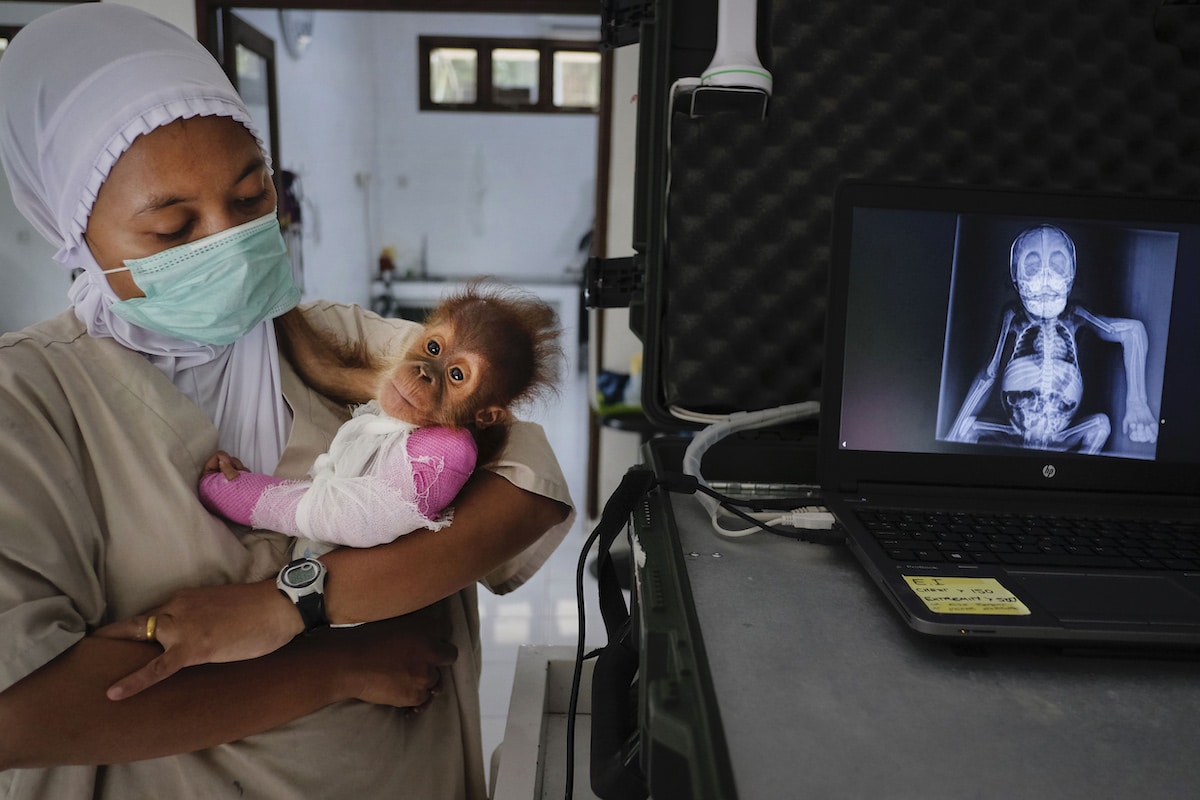
“Saving Orangutans” by Alain Schroeder, Belgium, for National Geographic. Nominee, Nature Stories.
Indonesia’s Sumatran orangutan is under severe threat from the incessant and ongoing depletion and fragmentation of the rainforest. Organizations like the OIC (Orangutan Information Centre) and their immediate response team HOCRU (Human Orangutan Conflict Response Unit), rescue orangutans in difficulty (lost, injured, captive…) while the SOCP (Sumatran Orangutan Conservation Programme) cares for, rehabilitates and resocializes orangutans at their purpose-built medical facility, aiming to reintroduce them into the wild and to create new self-sustaining, genetically viable populations in protected forests.
Brenda, an estimated 3-month-old female orangutan (she has no teeth yet), was confiscated from a villager in Blang Pidie on the west coast of Aceh. Her left arm humerus was completely snapped in two. Yenny, the SOCP’s vet, is standing next to Brenda’s X-ray that reveals the broken bone.
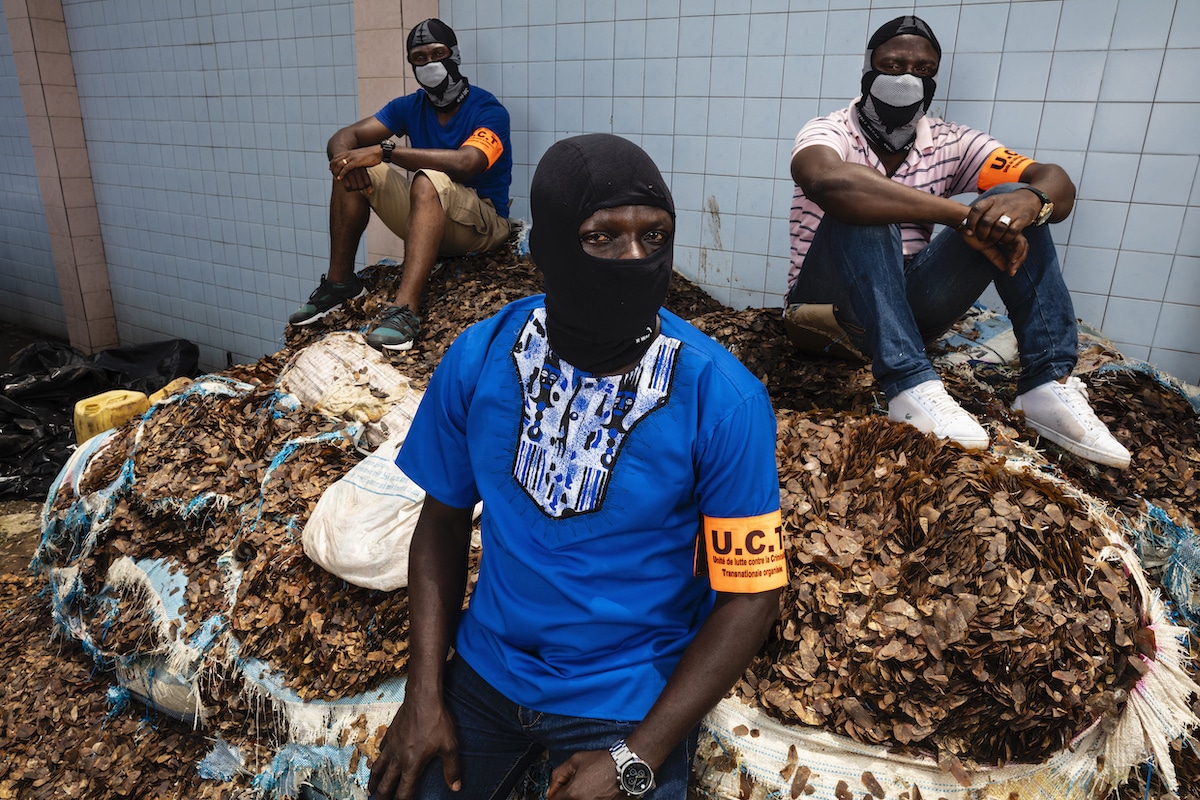
“Pangolins in Crisis” by Brent Stirton, South Africa, Getty Images, for National Geographic. Nominee, Nature Stories.
Pangolins are sometimes mistaken as reptiles, but they are scaly-skinned mammals, more closely related to dogs and bears than anteaters or armadillos. They range through Asia and parts of Africa, and vary from the size of a domestic cat to over a meter long. They are solitary animals, meeting only to mate and produce a litter of one to three offspring, which are raised for around two years. Pangolin scales are highly prized in Asia for traditional medicine, and the meat is considered a delicacy. A 2017 report by Traffic, the wildlife trade monitoring network, states that pangolins are currently the most illegally traded animals in the world, with at least one million estimated to have been poached in the last ten years. All eight pangolin species are protected under national and international laws, and two are officially listed as critically endangered.
Members of the newly formed Ivorian Unit for Trans-National crime are seen with a recent confiscation of 3,600 kgs of Pangolin scales in the car park of their offices. The investigative NGO Eagle worked in co-operation with this new unit to capture an Ivorian Trafficker and his 3 accomplices with over 3 tons of pangolin scales.
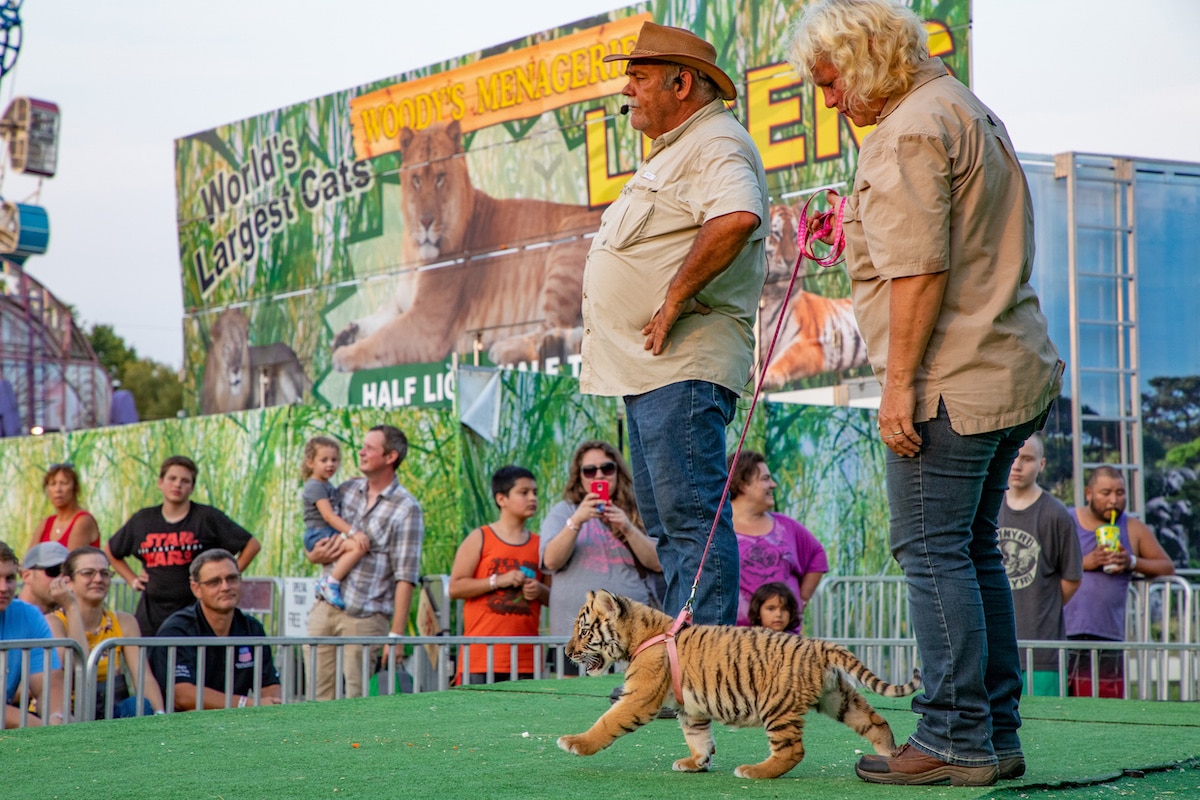
“The Tigers Next Door” by © Steve Winter, United States, for National Geographic. Nominee, Contemporary Issues Stories.
Between 5,000 and 10,000 tigers live in captivity in the US. Roadside zoos and other businesses breed tigers and charge guests to pet and pose with them. Individuals also keep tigers as pets. By contrast, there are only 3,900 wild tigers in Asia and 1,659 in accredited zoos worldwide. Many of America’s exotic pets are not covered by the 1973 Endangered Species Act, which applies only to those taken from the wild, not those bred in captivity. Four US states have no laws on keeping big cats as pets, and in ten others, although a permit is required, once secured for a small pet it can be used to acquire a larger animal such as a tiger. By the time cubs bought as pets are four months old, they become too large and dangerous to keep domestically and are sold on, opening concerns that this feeds the highly lucrative illegal international trade in tiger parts. Investigations by the US Department of Agriculture (USDA), which is tasked with enforcing the Animal Welfare Act, dropped by 92% between 2016 and 2018. In June, the US House of Representatives reprimanded the USDA for redirecting its focus from active enforcement to providing “teachable moment” interactions with the public. A federal Big Cat Public Safety Act has now been proposed. It will address the gap in state laws and prohibit the private ownership of big cats, and ensure that if they cannot be returned to the wild, they can be transferred to accredited sanctuaries.
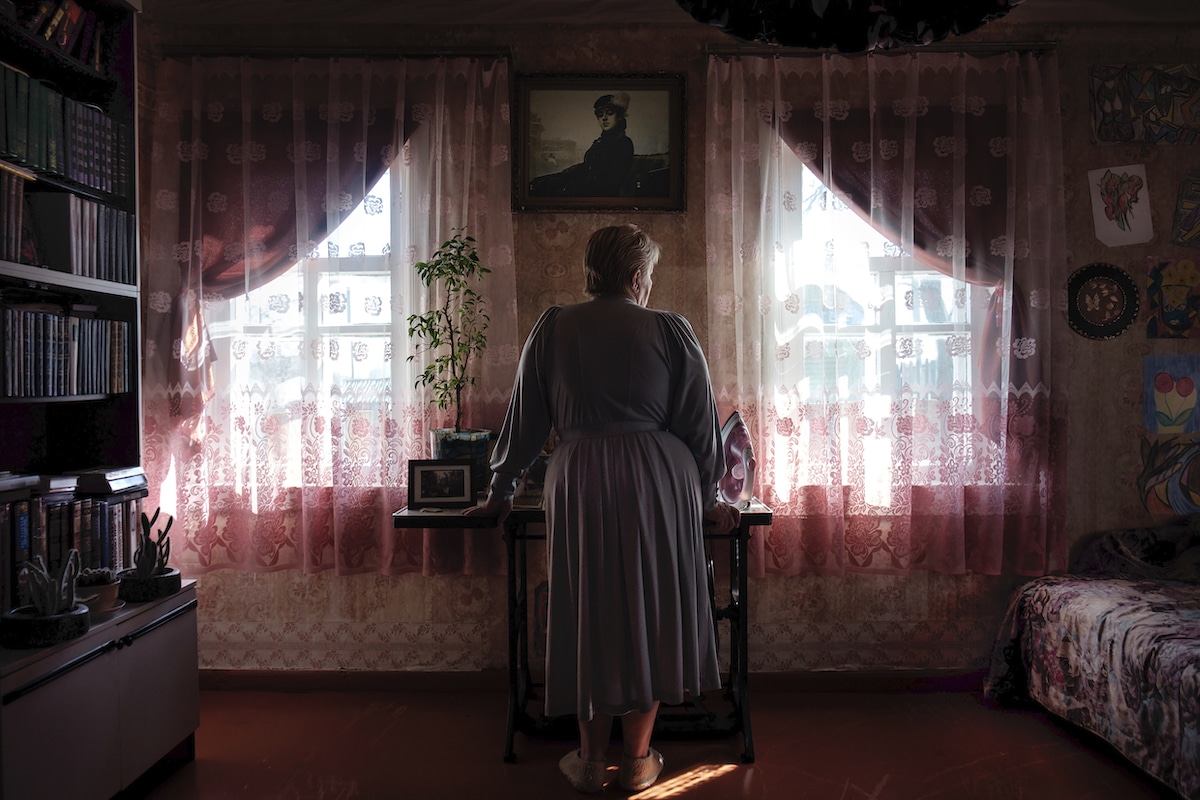
“Between Right and Shame” by Tatsiana Tkachova, Belarus. Nominee, Portrait Stories.
Belarus’s abortion laws allow termination on request up until 12 weeks, and in certain medical or social circumstances up to 28 weeks, which places them among the most liberal in Europe. Nevertheless, abortion is still a taboo word for many women, and many are reluctant to admit they have had a termination. ‘No abortion week’ campaigns are held annually, and a decision to have termination can be accompanied by a sense of shame. In this project, Belarusian women who have considered abortion tell their stories. The women had a range of concerns—from contamination after the Chernobyl nuclear disaster to fear of poverty, not wanting to be a single parent, or a background of sexual abuse. Their decisions were often made with difficulty and in this story they did not want to show their faces and their names have been changed.
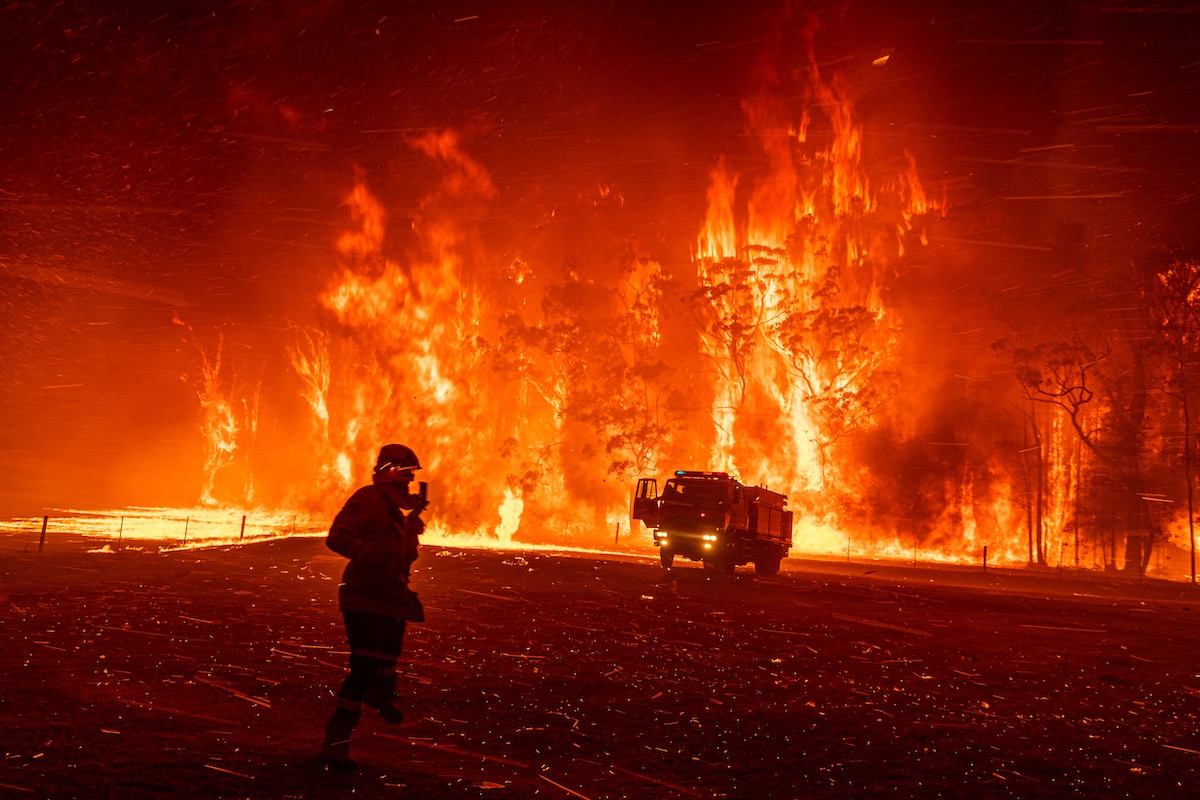
“Australia’s Bushfire Crisis” by Matthew Abbott, Australia, Panos Pictures, for The New York Times. Nominee, Spot News Stories.
The annual fire season in Australia began early and was exceptionally severe—following months of record-breaking drought and fanned by strong winds. Far stronger wildfires than usual, mostly battled by volunteer firefighters, raged through New South Wales and Victoria as well as areas in South Australia and Queensland, laying waste to bushland and rainforest and destroying homes. By the end of January 2020, more than 30 people had been killed, 3,000 homes lost, and around 12 million hectares of land burned (nearly three times the size of the size of the Netherlands). Wildlife was harshly hit. Local scientists estimated that up to one billion animals perished, and more than 50% of the Gondwana rainforest traversing New South Wales and Queensland was burned. In December, whilst the intensity and speed at which many bushfires were spreading increased, Australian prime minister Scott Morrison went on holiday to Hawaii, and was prompted to return only after the death of two volunteer firefighters. He continued to champion a pro-fossil-fuel policy and held back from linking the fires to the climate crisis.
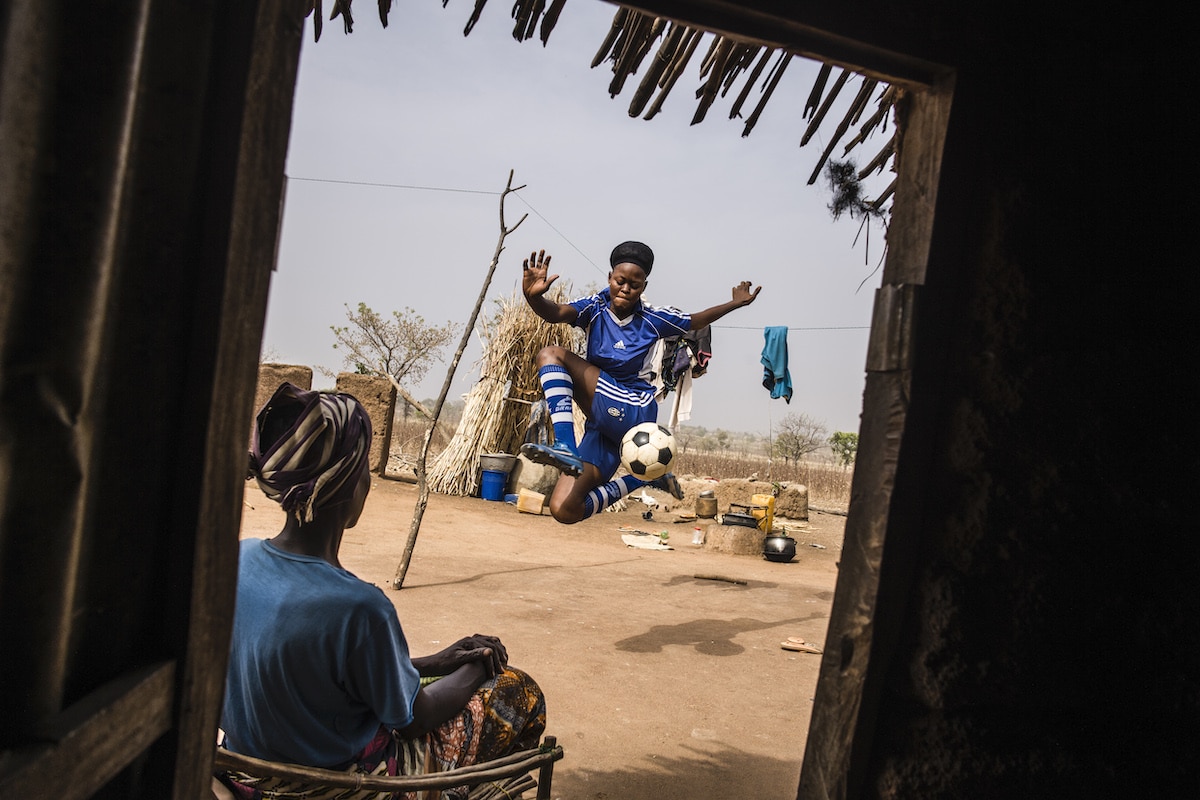
“The Gouandé Gazelles” by
Olivier Papegnies, Belgium. Nominee, Sports Stories.
The Gazelles de Gouandé from Gouandé village in northern Benin is one of 16 football teams set up across the country with the aim of giving young women more control over their futures through sport. The project, established by the Plan International organization, aims to empower women by promoting self-confidence, widening educational opportunities, and through advocacy against early marriage. Following the 2019 Women’s World Cup, there was an international surge of interest in women’s football, and projects like the one in Benin can be seen as part of a wider view of the power of sport to unify and spread social awareness. In January 2019, Benin hosted a delegation from FIFA, football’s international governing body, aimed at supporting a new sports strategy in schools, and Beninese president Patrice Talon announced plans for four new football schools, including one for women.
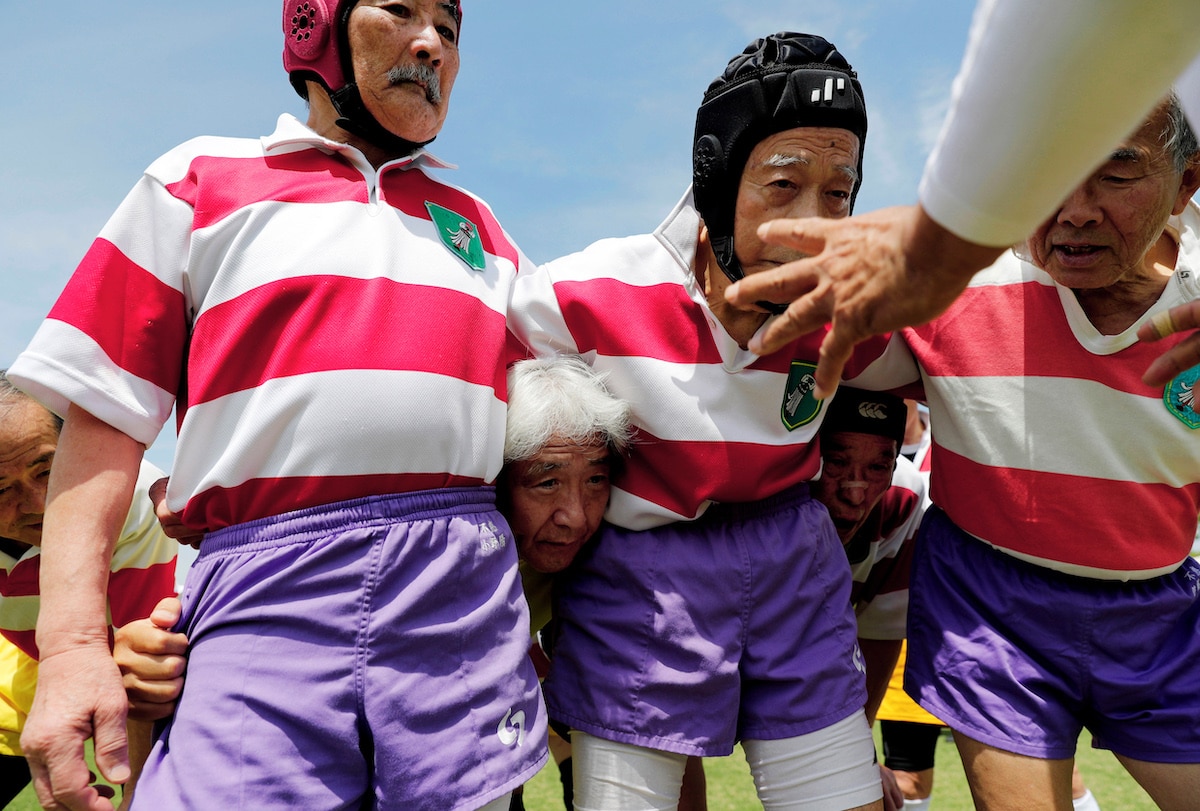
“Japan’s Veteran Rugby Players” by Kim Kyung-Hoon, South Korea, Reuters. Nominee, Sports Stories.
Tokyo’s Fuwaku Rugby Club, founded in 1948, is one of around 150 Japanese clubs that stage competitive, full-contact matches for players over the age of 40. Japan is the country with the largest aging population in the world, according to a United Nations report, with 28% of its population aged 65 or more. Seniors are particularly vulnerable to loneliness, with 15% of elderly men living alone having fewer than one conversation in two weeks, according to a report in The Japan Times. Rugby not only keeps the players active, but offers a ready-made social life. The 2019 Rugby World Cup, held in Japan from September to November, boosted awareness and enthusiasm for the sport, with match attendance breaking previous World Cup records.
Ryuichi Nagayama, 86, Fuwaku Rugby Club's oldest active player, practices before a match in Kumagaya, Saitama Prefecture, Japan, May 3, 2019.
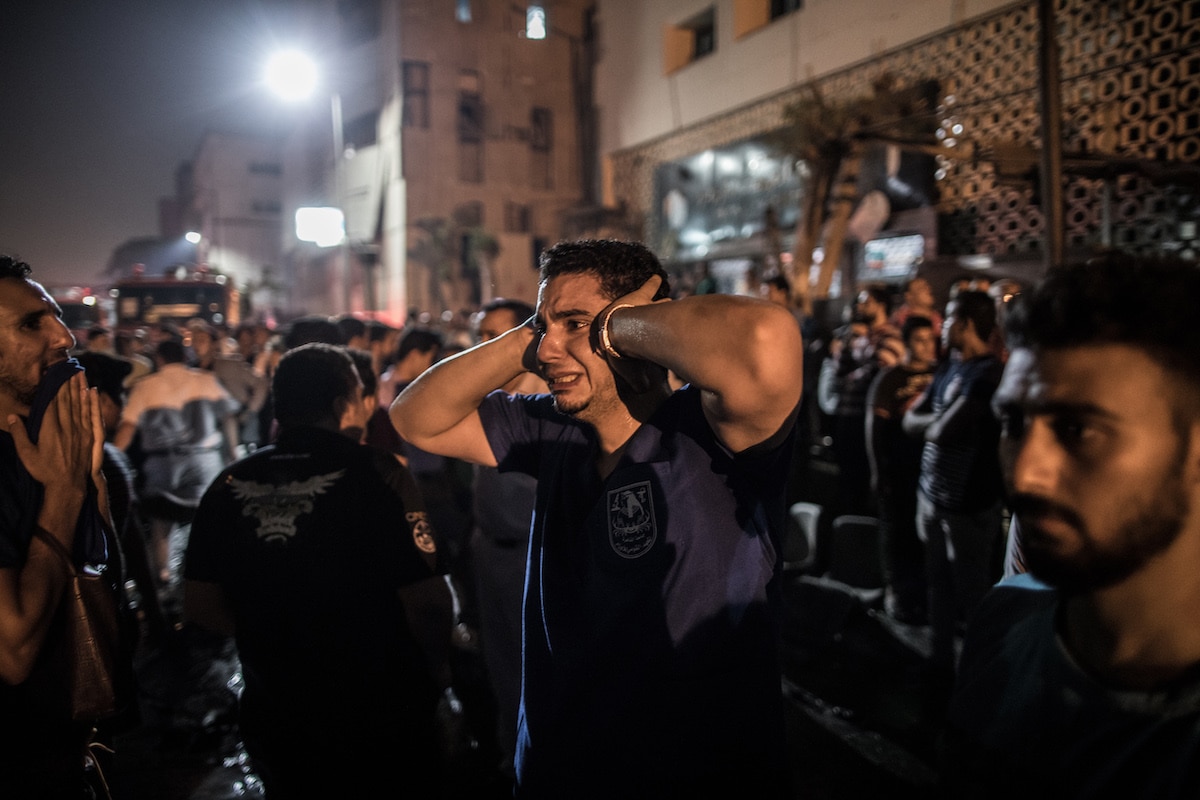
“Deadly Bomb Blast in Cairo” by Oliver Weiken, Germany, Deutsche Presse-Agentur. Nominee, Spot News Stories.
An Egyptian man reacts at the site of an explosion in front of the National Cancer Institute. At least 20 people died and 26 were injured in a terrorist attack for which the Egyptian government accuses the Islamist Hasm Movement.
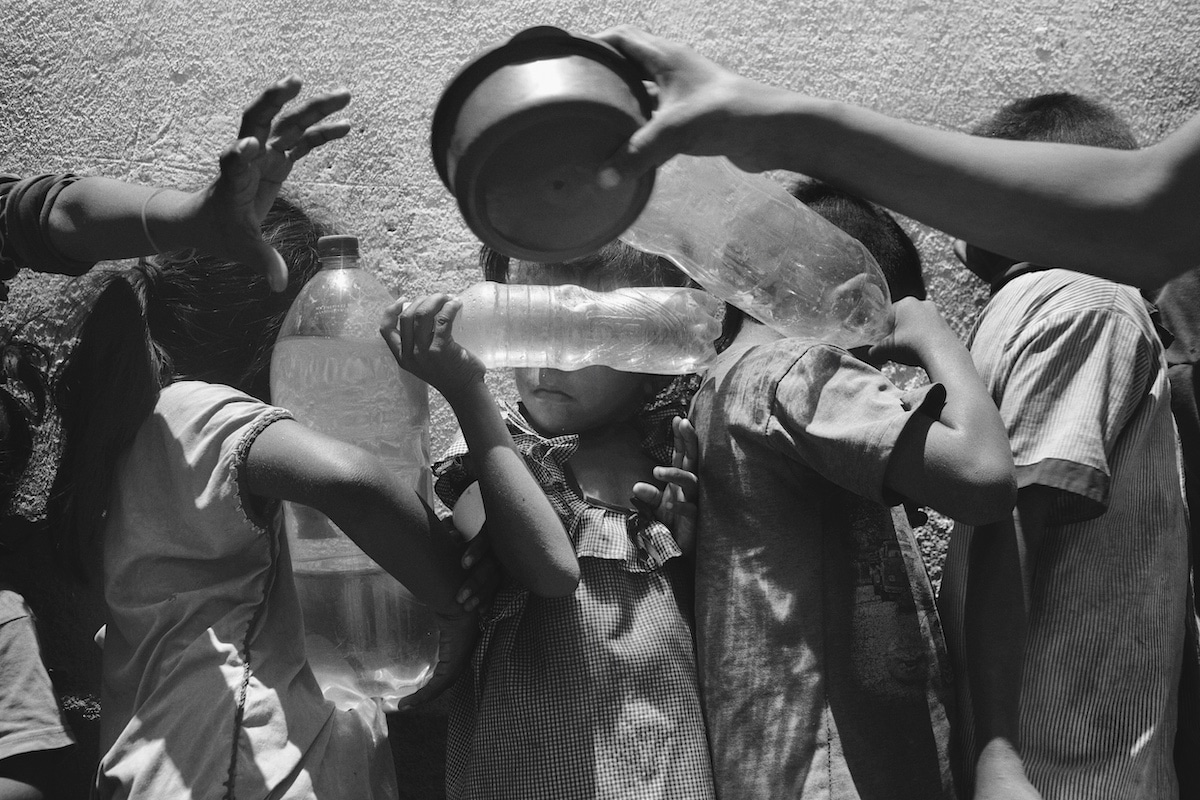
“Exodus” by Nicolò Filippo Rosso, Italy. Nominee, Contemporary Issues Stories.
A political and socio-economic crisis in Venezuela, from 2016 onwards, led to an increasing outflow of migrants from the country. Venezuelans said they were compelled to leave for reasons of insecurity and violence, lack of access to food, medicine and essential services, and loss of income due to the political situation. Colombia feels the impact of this exodus most keenly. According to the UNHCR, by October 2019 approximately 4.5 million Venezuelans had left the country, of which 1.6 million were in Colombia. Others had moved through Colombia before going on to surrounding countries. Even though Venezuela officially closed its land border with Colombia in February, around 300 clandestine crossing points remained active. More than half of Venezuelan migrants in Colombia lacked regular status, and so had no access to health, education or legal employment. Charity organizations and NGOs helped supply people with medical attention and food, but many ended up in informal settlements or living on the streets. Early in 2020, the Colombian government announced two new Special Stay Permits that would allow more than 100,000 Venezuelans to stay and work in the country, and ruled that children born in the country to Venezuelan parents could acquire Colombian nationality, but vast numbers of people remain dispossessed.
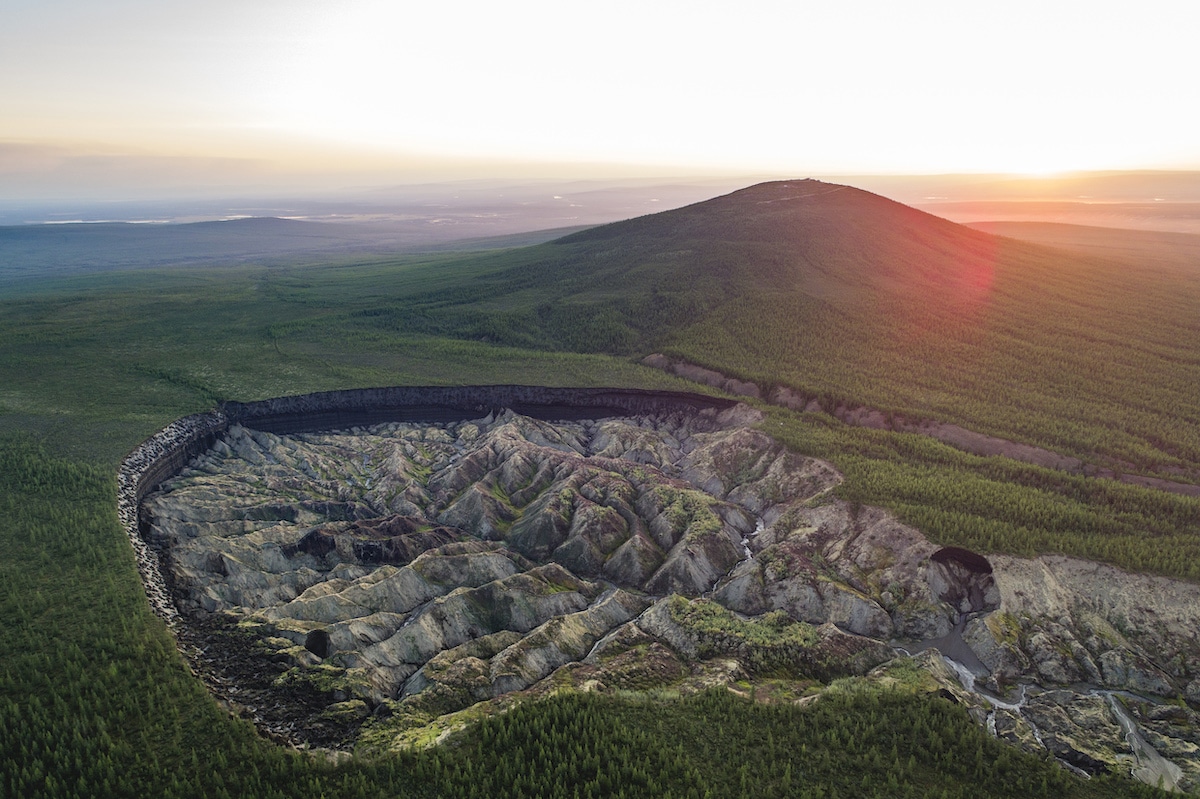
“The Carbon Threat” by Katie Orlinsky, United States, for National Geographic. Nominee, Environment Stories.
The Arctic permafrost is thawing at a faster rate than climatologists predicted, releasing carbon gases that could speed up global heating. Permafrost is carbon-rich frozen soil that covers 24% of the Northern Hemisphere land mass, encompassing vast stretches of territory across Alaska, Canada, Siberia and Greenland. It is a combination of soil, rocks and sand held together by ice and containing large amounts of organic carbon—frozen plant material that doesn’t decompose. As permafrost thaws, this material rots, releasing carbon dioxide and shorter-lived methane, Methane can be between 25 and 86 times more potent than CO2 as a greenhouse gas, depending on the time-frame of measurement. The thaw impacts people living in the region—particularly indigenous communities following centuries-old lifestyles. Thawing permafrost undermines house foundations, makes the landscape more difficult to navigate and causes ice-cellars (homemade freezers dug into the permafrost) to flood and provisions to spoil.
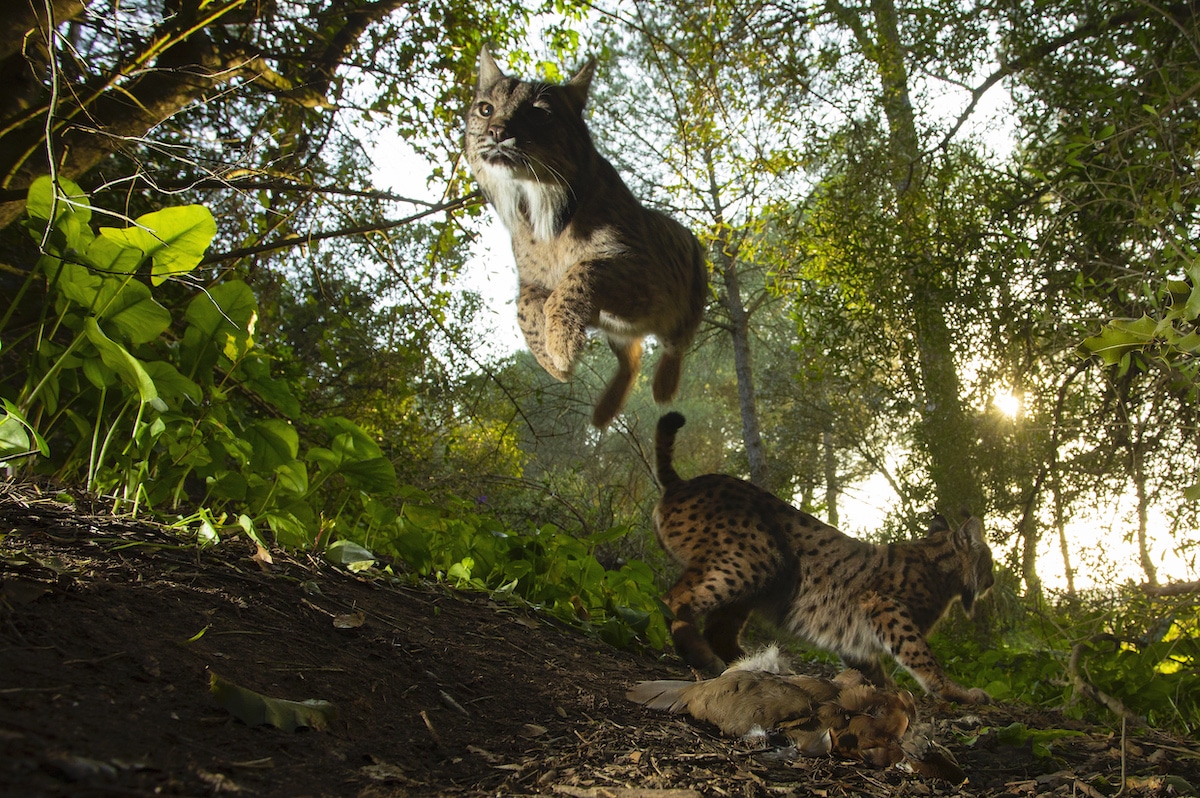
“The King of Doñana” by Antonio Pizarro Rodriguez, Spain, Diario De Sevilla. Nominee, Nature Singles.
Two Iberian lynx take fright after hearing shots from a hunter’s gun, near Aznalcázar, Spain, on 3 January.
The Iberian lynx, found in parts of Spain and Portugal, is the world’s most endangered feline species, according to the World Wildlife Fund. The species has been brought to the brink of extinction by a number of factors, including the fragmentation of its forest habitat and subsequent genetic isolation, being poached for its fur, and a decreasing food base. Rabbits, their staple diet, have been almost eliminated from the area by rabbit hemorrhagic disease. A lynx population of some 5,000 in the early 1960s has been reduced to a few hundred, but recent surveys by the World Wildlife Fund indicate numbers are slowly on the rise following conservation efforts.
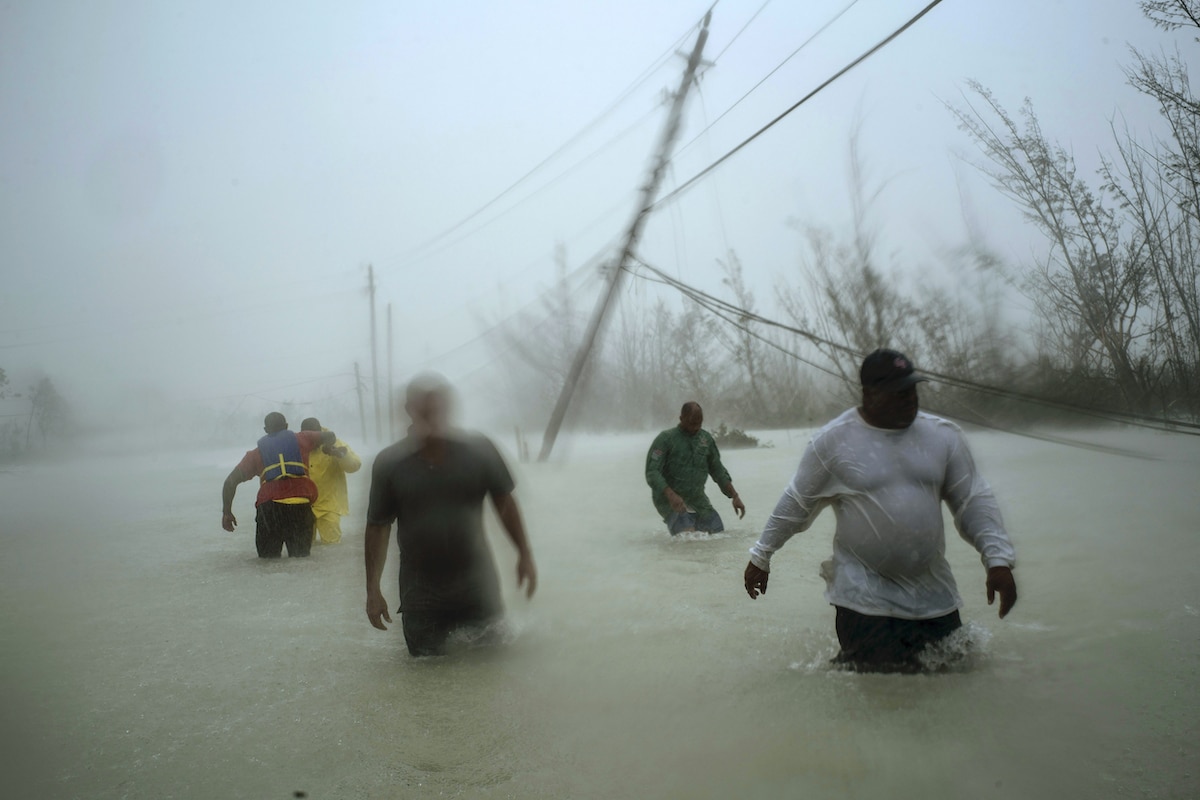
“Dorian’s Devastation” by Ramon Espinosa, Spain, Associated Press. Nominee, Spot News Singles.
Volunteers wade through a flooded road against wind and rain caused by Hurricane Dorian to rescue families near the Causarina bridge in Freeport, Grand Bahama, Bahamas, Tuesday, Sept. 3, 2019. The storm's punishing winds and muddy brown floodwaters devastated thousands of homes, crippled hospitals and trapped people in attics.











































































